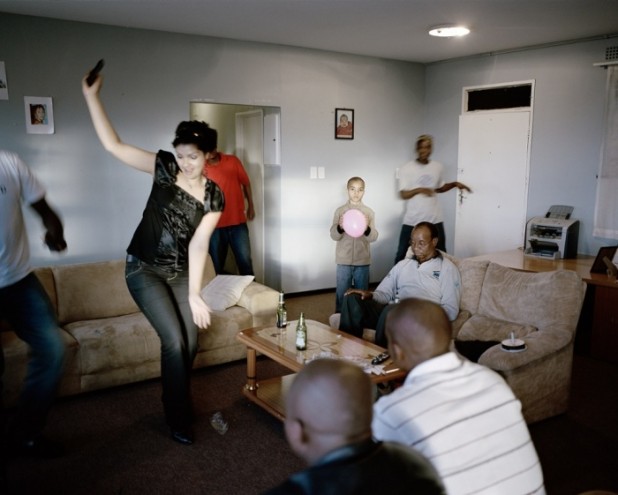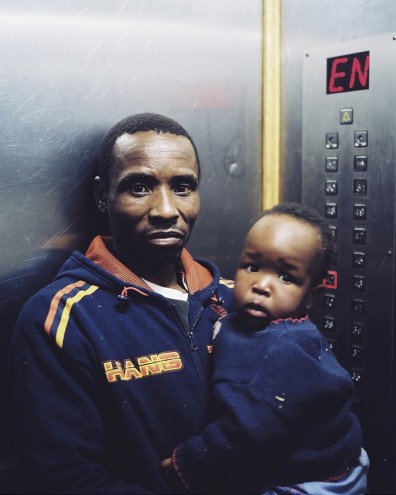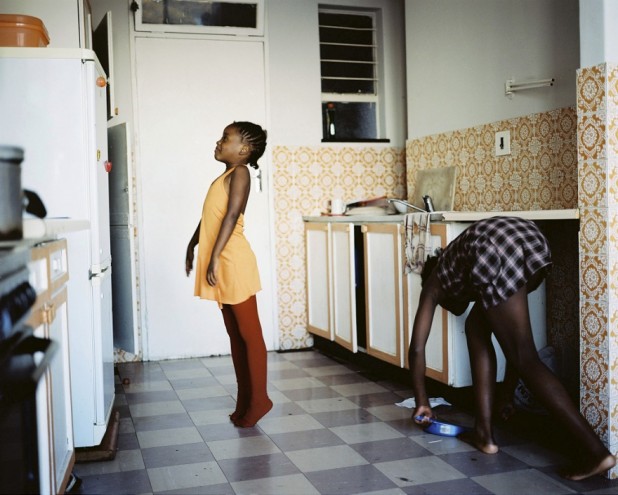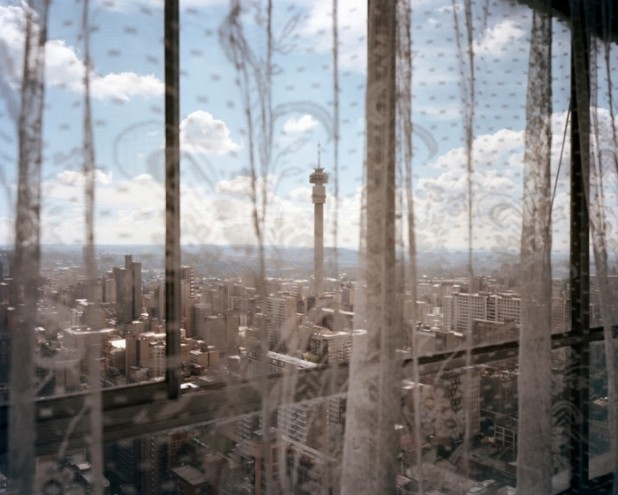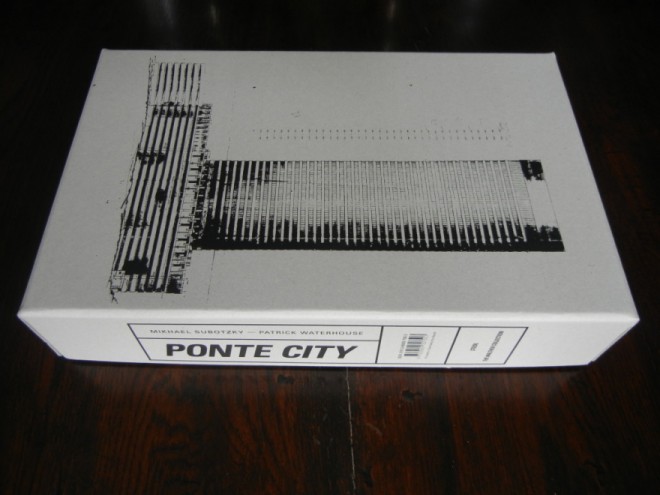Ponte City, a photographic book by South African photographer Mikhael Subotzky and British artist Patrick Waterhouse, has won the Deutsche Börse Photography Prize for 2015. Published by Steidl in 2014, the book is accompanied by booklets of commissioned essays and historical background to the iconic 54-floor apartment block in downtown Johannesburg.
The Deutsche Börse Photography Prize description notes that Subotzky and Waterhouse “have created an intimate and deeply evocative social portrait of a culture, building and its community of residents through photographs, architectural plans, and other archival and historical material. An additional sequence of seventeen booklets containing essays and personal stories complete the visual and spatial narrative of this”.
The Deutsche Börse Photography Prize aims to reward a contemporary photographer of any nationality, who has made the most significant contribution (exhibition or publication) to the medium of photography in Europe in the previous year.
The prize, one of the most prestigious in the world of photography, was originally set up in 1996 by The Photographers' Gallery in London to promote the best of contemporary photography. Deutsche Börse has sponsored the £30,000 prize since 2005. The prize showcases new talents and highlights the best of international photography practice.
The members of the Deutsche Börse Photography Prize 2015 jury were: Chris Boot, executive director, Aperture Foundation; Rineke Dijkstra, artist; Peter Gorschlüter, deputy director, MMK Museum für Moderne Kunst and Anne Marie Beckmann, curator, Art Collection Deutsche Börse. Brett Rogers, director of The Photographers’ Gallery, is the non-voting chair.
The prize was handed to Subotzky and Waterhouse by artist and photographer Oliver Chanarin, who works in collaboration with South African Adam Broomberg, at a ceremony at the Photographers’ Gallery in central London. Subotzky, Broomberg and Chanarin are all represented in South Africa by Goodman Gallery. Broomberg and Chanarin won the Deutsche Börse Photography Prize in 2013 for their work War Primer 2.
Works by the shortlisted photographers are being exhibited at The Photographers’ Gallery until 7 June 2015 and will subsequently be presented at the Museum für Moderne Kunst (Museum for Modern Art) in Frankfurt from 20 June until 20 September.
Rising 54 storeys high, Ponte City is the tallest residential building in Africa. Since 1975 this iconic structure has punctuated the Johannesburg skyline, originally offering cosmopolitan living for white South Africa. In the post-apartheid years the building became more integrated, with many people relocating from townships and recently it has become home for immigrants from other African countries. In 2007 developers planned a major refurbishment of the tower block.
Although the renovation began, it was never completed – leaving the structure in a semi-destructed state, while tenants, those who had not yet been evicted or were simply squatting, still occupied flats in the block.
It was during this time period that the tower became the subject of a creative collaboration between Subotzky and Waterhouse. They interviewed the remaining tenants and recorded the half-occupied building through a series of photographs and a collection of documents and other debris from the abandoned units.
They began working at the monolithic block in 2007 and over the next five years they returned repeatedly to document the building: photographing every door in the multi-level structure and the view from every window; archiving the lives of the residents, from capturing what they were watching on TV to gathering discarded belongings.
Cumulatively the work provides a cross-section of an iconic South African landmark that continues to symbolise the hopes and fears of the country’s most populous city, and in turn, this post-apartheid nation.

